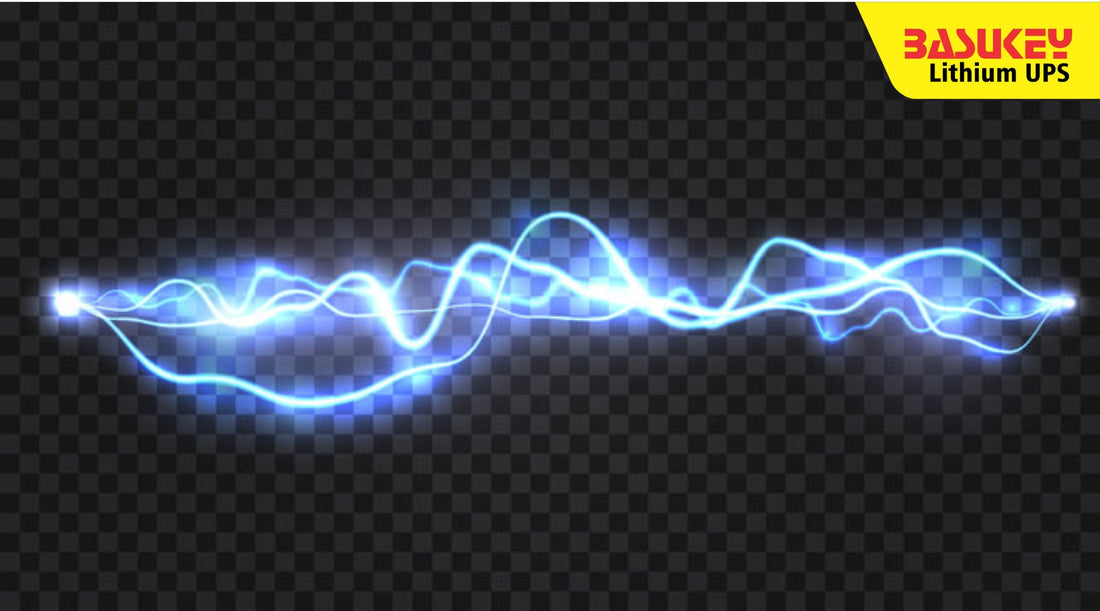
Ensuring Reliable Electricity Supply During Natural Disasters
Share
Natural disasters can wreak havoc on electricity supply, leaving homes and businesses in the dark. As a product expert in the energy industry, it's crucial to understand how to ensure a reliable electricity supply during these challenging times.
What are the common challenges during natural disasters?
During natural disasters, power outages are a common occurrence due to damaged power lines, fallen trees, and flooding. These disruptions can last for days or even weeks, causing inconvenience and safety concerns for the affected population.
How can you prepare for a reliable electricity supply?
One effective strategy is to invest in a backup power generator. Generators can provide electricity to essential appliances and devices, ensuring that critical functions can continue during an outage. It's important to regularly maintain and test your generator to ensure it functions properly when needed.
What role do renewable energy sources play in ensuring reliable electricity?
Renewable energy sources, such as solar panels and wind turbines, can provide a sustainable and reliable electricity supply during natural disasters. These sources are less vulnerable to disruptions caused by extreme weather events, making them a valuable addition to any energy system.
How can microgrids improve electricity resilience?
Microgrids are localized energy systems that can operate independently from the main grid. During a natural disaster, microgrids can continue to supply electricity to critical facilities, such as hospitals and emergency shelters, ensuring that essential services remain operational.
What are the benefits of energy storage systems?
Energy storage systems, such as batteries, can store excess electricity generated from renewable sources or during off-peak hours. These systems can provide backup power during outages and help stabilize the grid by balancing supply and demand, increasing overall reliability.
By implementing these strategies and technologies, it is possible to ensure a reliable electricity supply during natural disasters, minimizing disruptions and enhancing resilience in the face of adversity.
